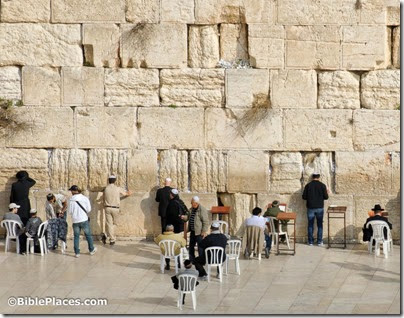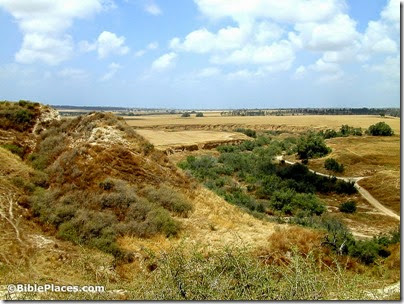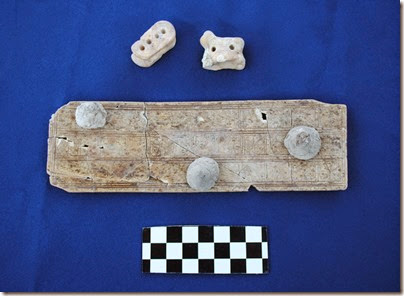From the Jerusalem Post:
We’re all familiar with the kinds of archaeological research seen in movies and television — digging the earth, brushing the dust away, and examining artifacts up close. But these days, we can learn even more about ancient artifacts by combining traditional archaeology with cutting-edge technology.
At the Hebrew University’s Institute of Archaeology, researchers were curious to know more about a type of storage container that began appearing around the late 10th or early 9th century BCE. Due to their large swollen bodies, they are dubbed ‘Hippo’ jars.
To probe the deep secrets of these ancient jars, the researchers — Prof. Amihai Mazar, Prof. Uzy Smilansky, and Dr. Avshalom Karasik — went beyond traditional techniques by conducting a series of scans with 3D scanners and advanced computation.
[…]
The Hebrew University researchers measured 158 Hippo jars with a high resolution 3D scanner at the Computerized Archaeology Laboratory, which is directed by Dr. Leore Grosman. (The laboratory is a joint initiative of the Hebrew University, the Israel Antiquities Authority and the Weizmann Institute of Science, with the University of Haifa serving as a collaborating partner.)
Equipped with modern, high precision scanners, the lab created detailed three-dimensional models of the ‘Hippo’ jars.
These digital models provided precise measurements of the jars’ shape, which was later correlated with independent features, such as the source of the clay used to make them, the potters’ marks, and the jars’ distribution. They also provided information on the jars’ capacity, volume, height and maximal diameter.
What did the researchers learn from the 3D scans?
The article continues here. This is the first in a new column written by students at the Hebrew University’s Institute of Archaeology.
Photo courtesy of Hebrew University Institute of Archaeology




